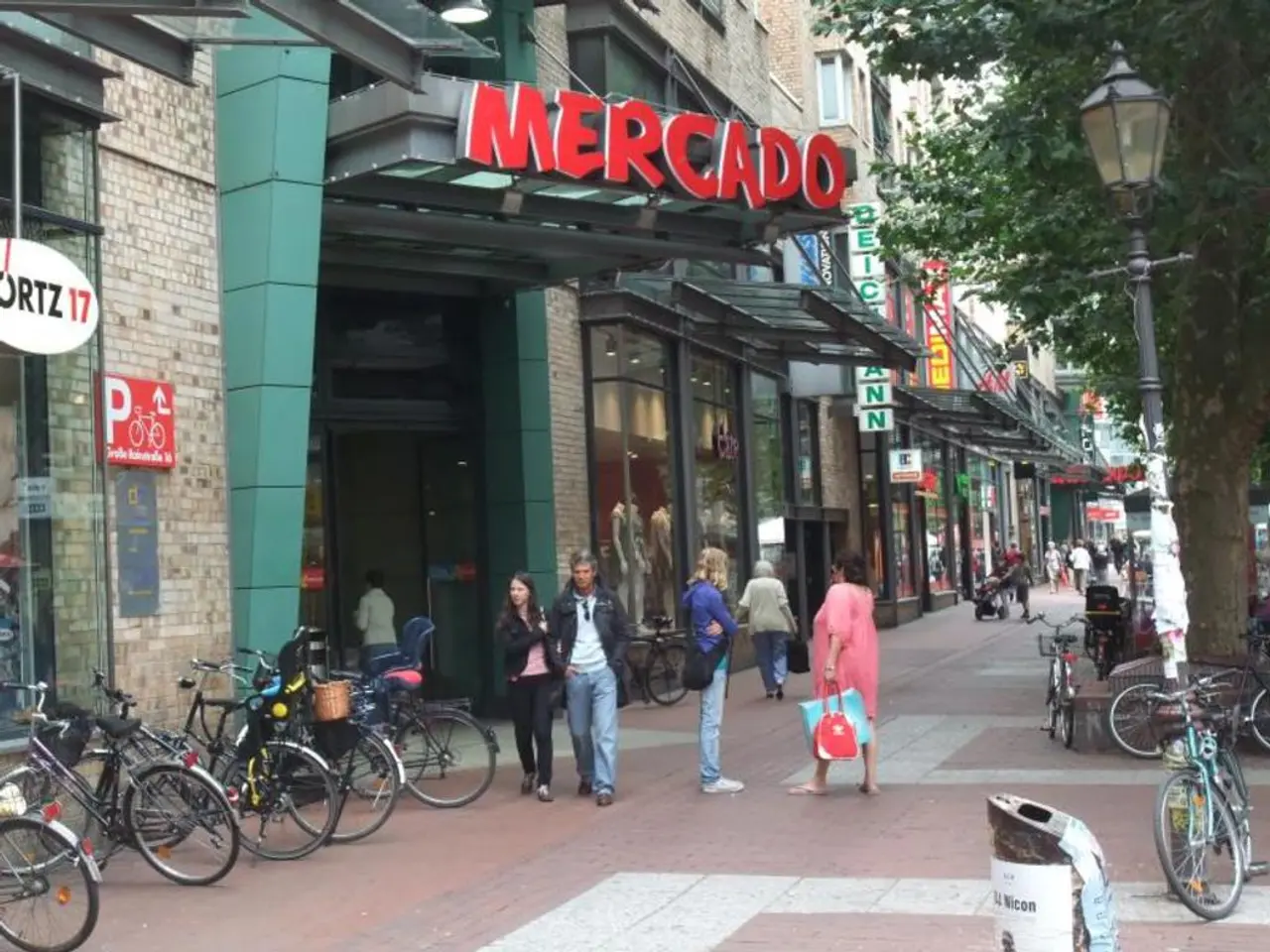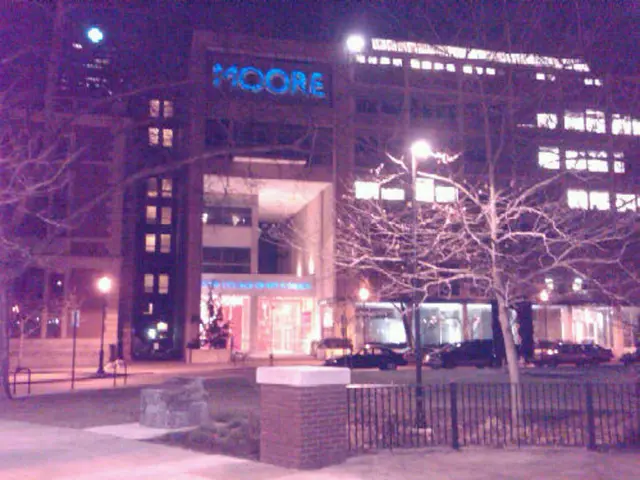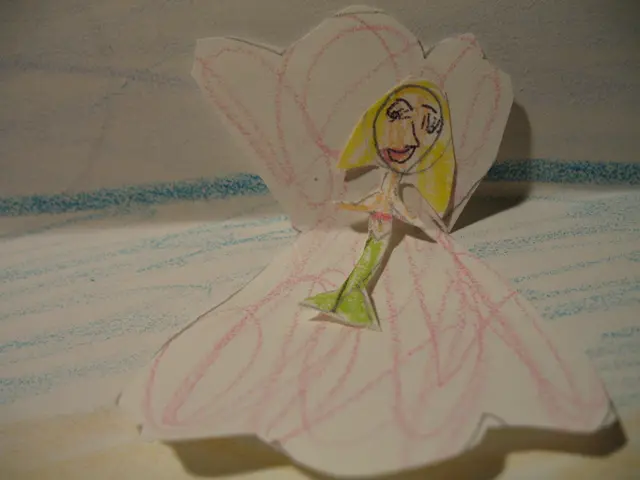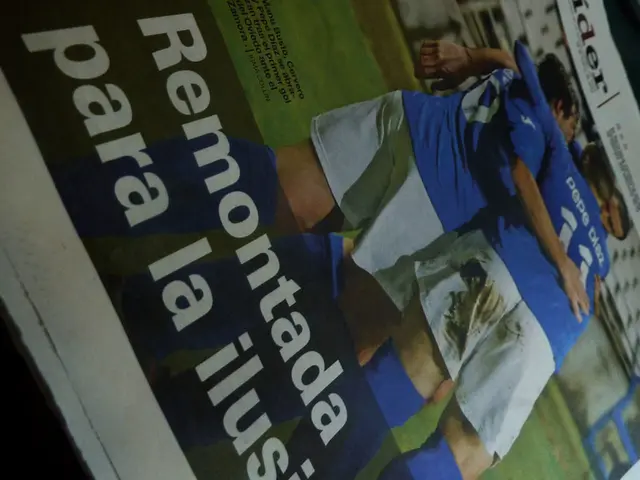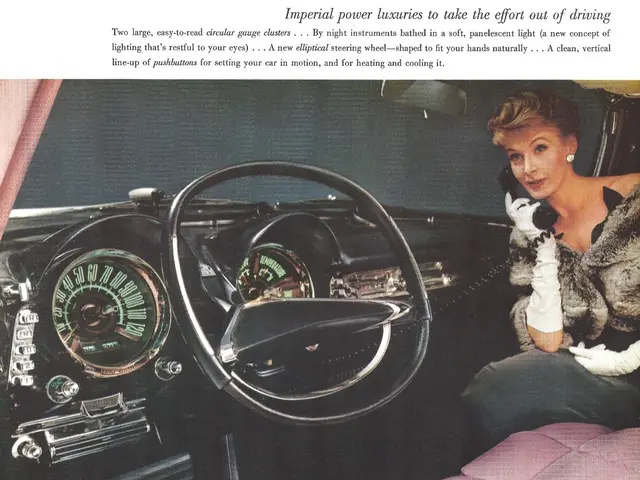Struggling side by side across the open field
In the heart of the city, a unique collective known as B-Side is making waves. Emerging from a group of artists and creatives who mobilized against the sell-out of the old harbor district ten years ago, B-Side now employs 28 staff members across ten full-time positions and has around 50 people who regularly contribute on a voluntary basis.
The culture at B-Side is one of self-reflection, an open approach to mistakes, and delegating responsibility. This ethos is reflected in the collective's governance structures, which are designed to be collaborative, participatory, and transparent.
Burkhard Zimmer, a retiree and a link between the B-Side and a new generation, plays a crucial role in the music selection at the B-Side. He tries to ensure that music blaring from the speakers is not problematic and introduces "B-Side air" to the diverse group. Burkhard was impressed by the discipline, timekeepers, moderation, and hand signals at the B-Side, a stark contrast to the endless meetings he remembers from his work travels.
Tim Töpke, a volunteer at B-Side, estimates that he has spent an average of 20 hours a week for four to five years. His mission in the Commons working group is to show that the "Tragedy of the Commons" is not a law of nature and that it's possible to manage resources without external controlling authorities. Tim believes that people can handle resources sustainably if they are well-informed, trust each other, and develop clear rules, as demonstrated by Nobel laureate Elinor Ostrom's eight design principles.
The assembly at B-Side is currently working on determining which tasks could be considered for the upcoming "repro work day". The Commons working group is developing a model for fair distribution of use and care at B-Side, documented in a digital tool designed to create transparency and accountability.
B-Side's governance strategies include horizontal, non-hierarchical structures, shared task allocation, community engagement and feedback loops, clear communication and documentation, and capacity building and mutual support. These strategies aim to balance shared responsibility, inclusive participation, and transparent communication to care for resources and distribute tasks effectively over time.
The monthly expenses of B-Side's first year of operation are expected to be 80,350 euros. Despite these challenges, the collective remains optimistic, viewing their struggles as part of a larger journey towards a more sustainable and collaborative future. As Tim Töpke puts it, the "Sisyphus-like struggles of the mountains are over for B-Side, but the struggles of the plains are just beginning."
References:
[1] San Fernando Park Opportunity Plan [4] Sharing economy and community-based enterprise models
The lifestyle at B-Side, a fusion of creativity and collaboration, extends beyond the city streets and into home-and-garden spaces as the collective's ethos encourages sustainable resource management and shared responsibility. Members like Tim Töpke, in the Commons working group, strive to prove that home-and-garden spaces can mirror the B-Side's democratic principles, fostering a cooperative and transparent environment for all.
